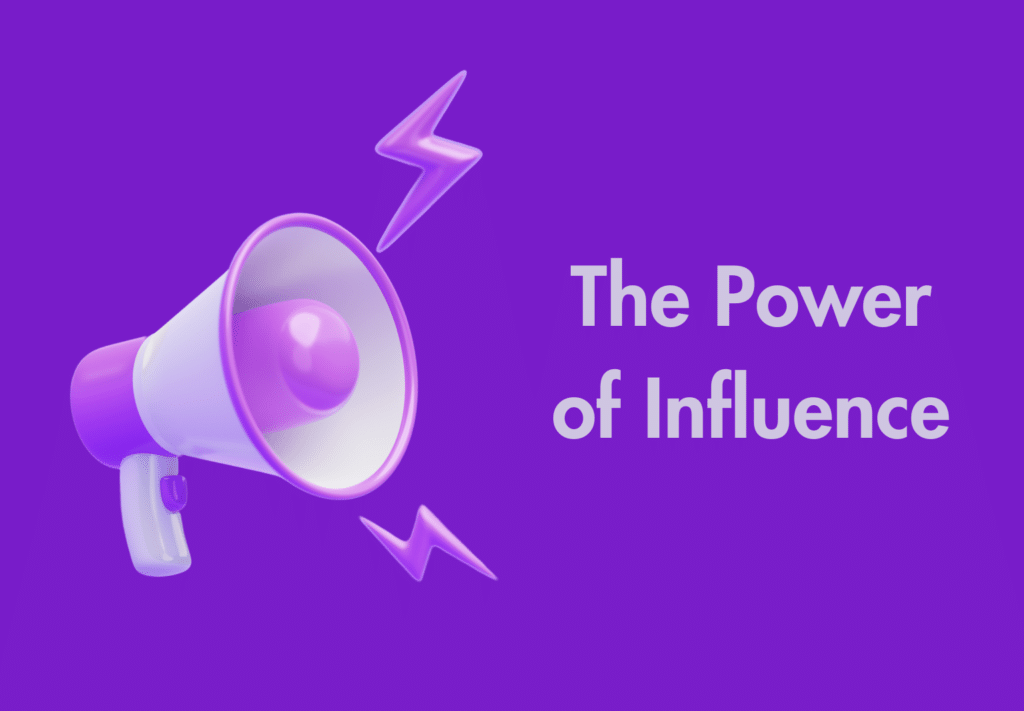When it comes to creating a marketing strategy of influence for your business you could be forgiven for thinking that it’s all about engaging with bloggers and influencers.
And while the concept of influencer marketing initially gained traction in the late 2000s with particular growth around the 2010s it’s certainly not a new concept.
The rise of social platforms like Facebook, Instagram, YouTube and Twitter (now X) at that time highlighted the power of the self made influencer who had gained a large following on one or more of these social networks.
The rise of blogging
Blogging itself can be traced back to the 1990s with platforms like Blogger launching in 1999 and WordPress in 2003. This made self publishing for enthusiastic hobbyists and people with special interests much more accessible. By the mid-2000s the idea of the blogger was simultaneously gaining traction across the internet.
Both bloggers and social media influencers started largely as personal endeavours that were more popular with people with specialist interests and hobbyists. However, it soon became a monetised industry when the corporate world realised the influence these people had over their audience.
Influencer marketing
And whilst the name “influencer marketing” is relatively new coinciding with the growth of the blogging world and social media influencers, it’s not a new concept.
The idea of using the power of influence in your marketing strategy has been a robust tactic used by marketers for many years, in fact, it could easily be said that the use of influence “on purpose” dates back to at least the early 20th Century.
Influence in mass media
It’s well known that Queen Victoria endorsed Cadbury in the 19th Century but it wasn’t really until the mass media began to grow in the 20th Century that marketing through the power of influence really began to work.
Although the printing press was invented in the 15th Century by Johannes Gutenberg it took until the 19th Century to see the technology improved and the mass production of newspapers and periodicals. By the 1920s when radio started and throughout the 1920s and 1930s when TV began to grow in popularity, marketing through the power of influence started to take off with the first influencers being journalists, tv presenters and radio show hosts. This moved on to include celebrities from the world of acting, high society socialites and more.
Marketers and advertisers learned that having someone people knew, liked and trusted recommend their brands gave a certain uplift that they wouldn’t otherwise see in their metrics.
There’s no doubt the modern idea of influencer marketing is a powerful tactic to have in your outreach arsenal and brands who get it right reap the rewards of a campaign well executed.
However, to lean on modern influencer marketing at the expense of using the power of influence elsewhere in your marketing strategy is a fools game.
Other ways to incorporate the power of influence in your marketing include:
Media liaison: by creating a robust PR campaign which includes outreach to traditional print and broadcast media as well as digital media outlets you can leverage the influence of well-known media brands and the journalists and broadcasters who work for them.
Peer support: engaging with peers in your industry who can provide you with recommendations, collaborative opportunities and partnerships can be a powerful way to boost your credibility and raise awareness for your product, brand or service with people who may not have encountered you before.
Thought leadership: for many business owners or leaders establishing yourself as the industry thought leader automatically turns you into the person who has influence over other people’s decision making. By elevating yourself to a public position where people trust you because of your demonstrable experience and expertise can be an excellent marketing strategy.
Celebrity endorsements: depending on the type of product, service or brand you have leveraging a celebrity status to endorse your product can have a significant impact on your brand’s profile. The important thing to acknowledge when using this power of influence tactic is to make sure you’ve chosen someone who has the right influence for the right price.
Community engagement: don’t underestimate the power of community and establishing your position within it. Whether this is sponsoring a local kids sport team or supporting the local food bank engaging with your community both online and offline can have have big benefits for many brands. For some businesses this isn’t about an immediate geographical community but rather a digital community tied together by interest or specialisms.
Industry bodies and experts: memberships of the right industry bodies can add weight and influence to who you are and what you do. For many companies just being a member of a particular organisation is enough to add a layer of trust for prospective customers. However, engaging with, working with and affiliating with particular industry experts can also support your brand through the power of influence.
Bloggers and social media influencers: the point of this article wasn’t to discount the importance of influencer marketing but rather to highlight the fact there is more to marketing through the power of influence than influencer marketing. Engaging with bloggers and social media influencers can be an effective way in which to boost your business’ brand to a particular audience and this shouldn’t be ignored in your marketing strategy.
Next month I will be delivering a free webinar titled The Power Of Influence For Promoting Your Business. In this session I will be unpacking the multidimensional landscape of influence.
I’ll also be exploring the vast array of tactics you can employ to elevate your brand, product, or service and showing you how to create a holistic marketing with influence strategy for your business.
Book your place on the webinar CLICK HERE

